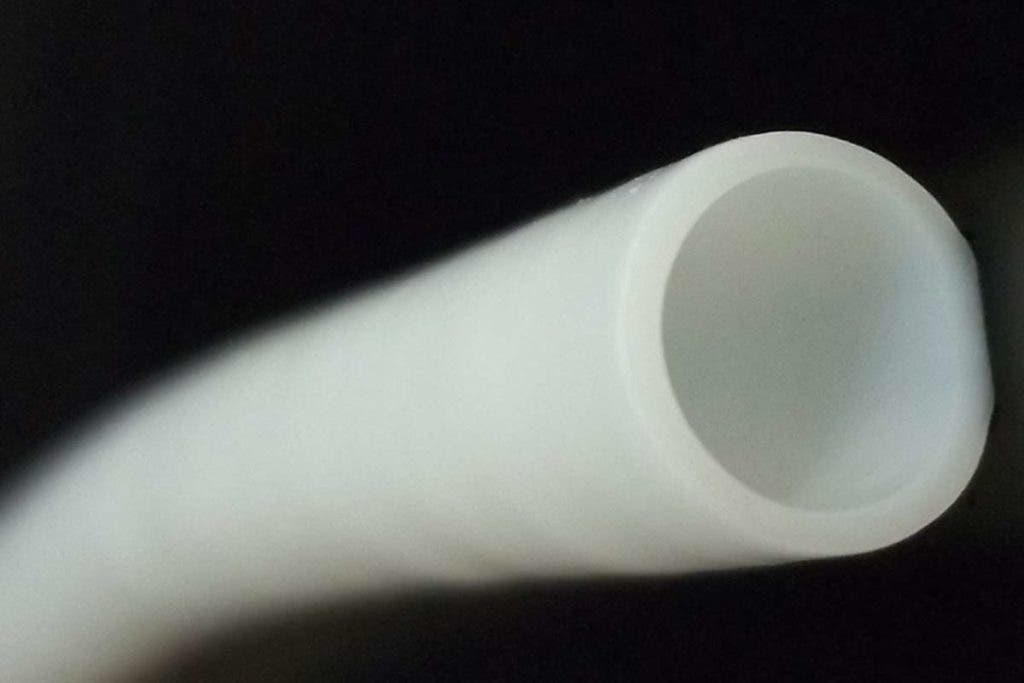
Not only have researchers grown blood vessels in the lab, but they also implanted them into the circulatory systems of patients undergoing dialysis. Since the blood vessels were grown from cells collected from the recipient’s own tissue, there are no biocompatibility issues. In time, these blood vessels grew cells of their own and became indistinguishable from other blood vessels.
The blood vessels were developed at Humacyte, a biotech company in Durham, North Carolina. Researchers grew the blood vessels using smooth muscles cells collected from the walls of arteries and veins. In the lab, the cells were placed inside a scaffold filled with a fluid that provides nutrients. Over the course of two months, this setup produced 3D networks of proteins that led to the formation of blood vessels.
In the final step, the researchers removed proteins from the newly grown vessels that might have been recognized as foreign by a recipient’s immune system. The blood vessels grew on average to 42 centimeters in length and 6 millimeters in diameter.
These blood vessels were implanted into the upper arms of 60 people with kidney failure who were undergoing dialysis. In order to connect a dialysis machine, doctors normally have to merge an artery to a vein in order to create a wider vessel that can transfer blood. However, all of the recipients were not able to undergo this procedure since their blood vessels were too narrow, which is why they were selected for blood vessel implants in the first place.
Four years after the implant, the blood vessels developed into self-healing, multi-layered tissues that looked and behaved like the recipient’s own vessels. The lab-grown vessels had no cells of their own when they were first implanted but became populated with different types of the recipient’s own cells, the authors reported in the journal Science Translational Medicine.
Blood vessels have to be replaced in many other situations such as in the event of trauma or cardiovascular disease. Usually, doctors implant synthetic tubes but these can cause scarring or lead to inflammatory reactions.
The researchers at Humacyte hope to scale their process in order to grow tens of thousands of blood vessels per year.






